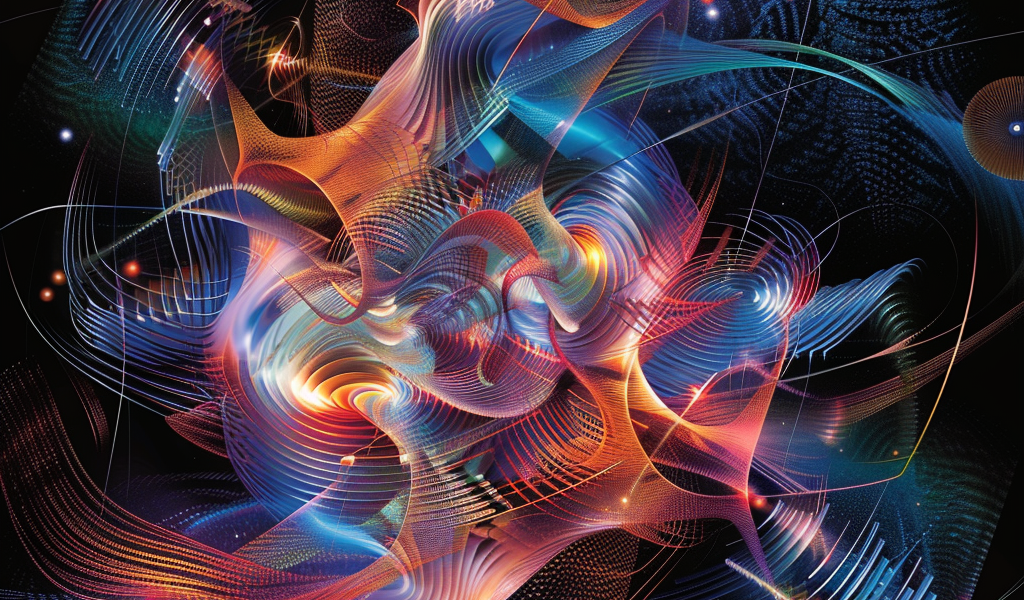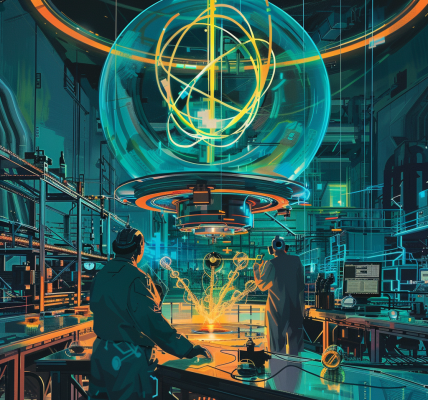Breakthrough in Orbitronics: First Imaging of Monopole-like Structures in Chiral Topological Semimetals
The field of orbitronics is rapidly gaining traction, with researchers exploring the generation and control of orbital angular momentum for advanced information processing. A significant focus within this domain is the study of chiral topological semimetals, which are believed to possess unique monopole-like orbital textures. These textures are characterized by an isotropic alignment of orbital angular momentum with the electron’s crystal momentum. Despite their theoretical promise, these monopoles have remained elusive in experimental observations until now.
In a groundbreaking study published in Nature Physics, a team of scientists has successfully imaged orbital angular momentum monopoles in the chiral topological semimetals PtGa and PdGa. Utilizing circular dichroism in angle-resolved photoelectron spectroscopy (ARPES), the researchers were able to visualize the robust polar texture of these monopoles. This polar texture exhibits a fascinating rotation around the monopole, which varies as a function of photon energy, revealing the intricate nature of the underlying magnetic orbital texture.
The findings from this research are significant, as they provide a direct observation of monopole-like structures in chiral crystals. The results can be attributed to the interference of local atomic contributions, which play a crucial role in the formation of these orbital textures. This innovative approach not only confirms the existence of monopoles in these materials but also opens the door to further exploration of more complex nodal orbital angular momentum textures.
One of the most intriguing aspects of this study is the demonstration of controllable polarity of the monopoles. By manipulating the structural handedness of the host crystal, the researchers were able to image both orbital angular momentum monopoles and antimonopoles in the two enantiomers of PdGa. This ability to control the polarity of the monopoles presents exciting possibilities for the development of orbitronic devices, which could leverage these unique properties for enhanced functionality.
The implications of this research extend beyond the immediate findings. The ability to generate and control orbital angular momentum in chiral topological semimetals could pave the way for new technologies in information processing and storage. As the field of orbitronics continues to evolve, the methodologies developed in this study may serve as a foundation for discovering even more intricate orbital textures, potentially leading to breakthroughs in quantum computing and other advanced applications.
This research not only highlights the potential of chiral crystals in orbitronic applications but also emphasizes the importance of interdisciplinary collaboration in advancing our understanding of complex materials. With continued exploration in this area, scientists are optimistic about the future of orbitronics and its role in shaping the next generation of electronic devices.
As the quest for innovative materials and technologies continues, the findings from this study represent a significant leap forward in our understanding of orbital angular momentum in chiral topological semimetals. The potential applications of these discoveries are vast, and the scientific community is eager to see how they will influence the future of information technology.





